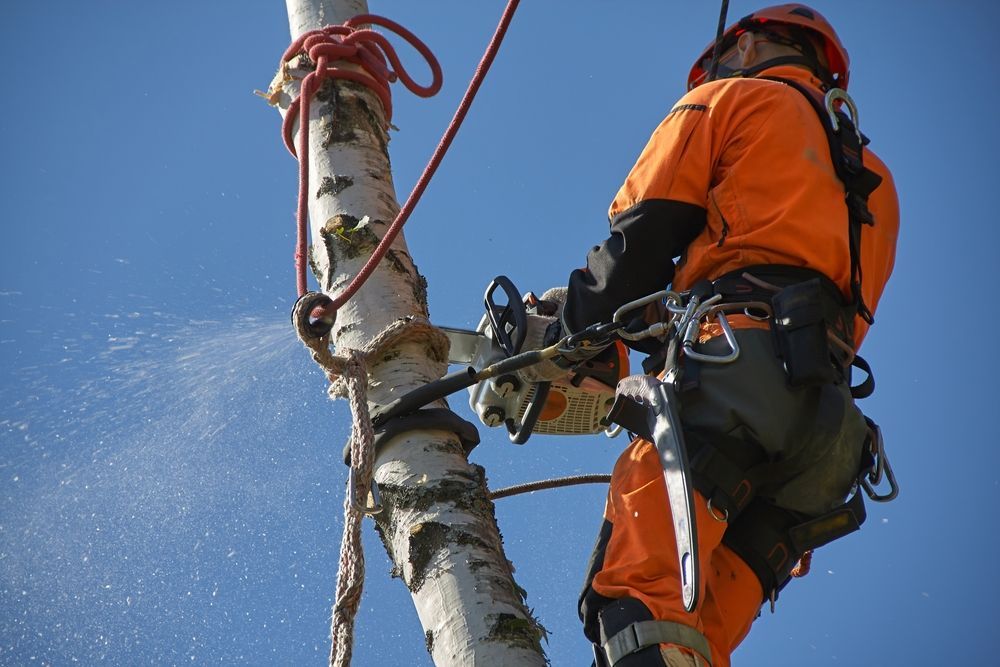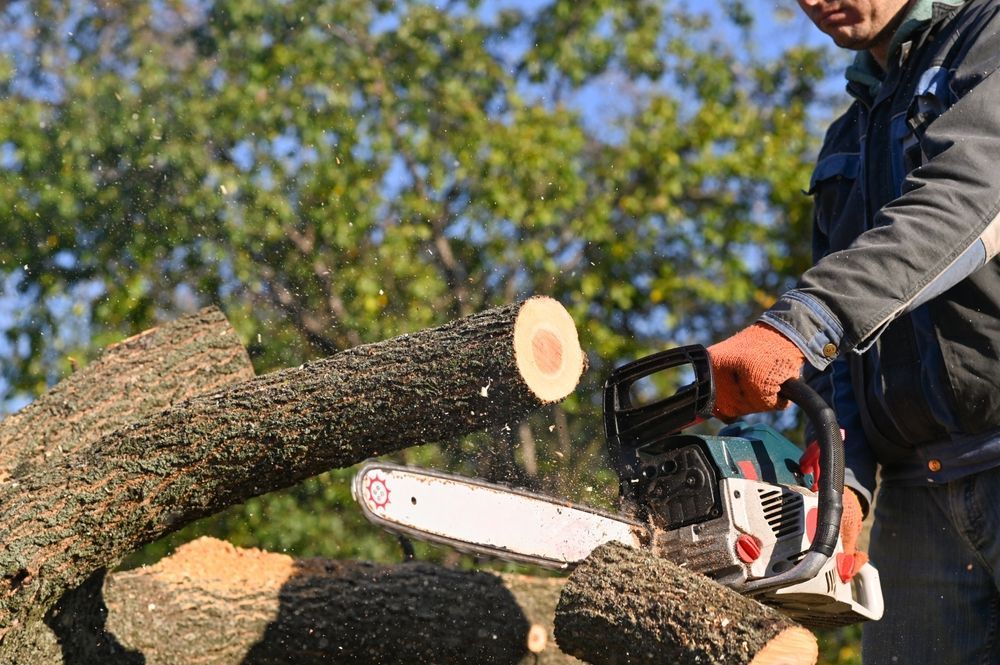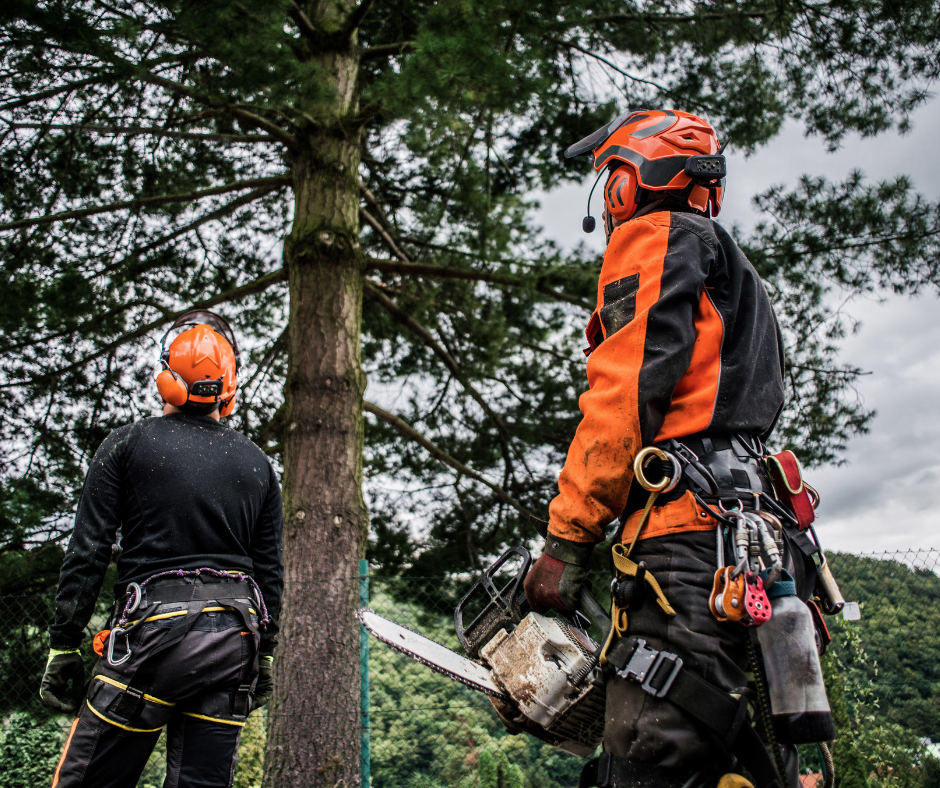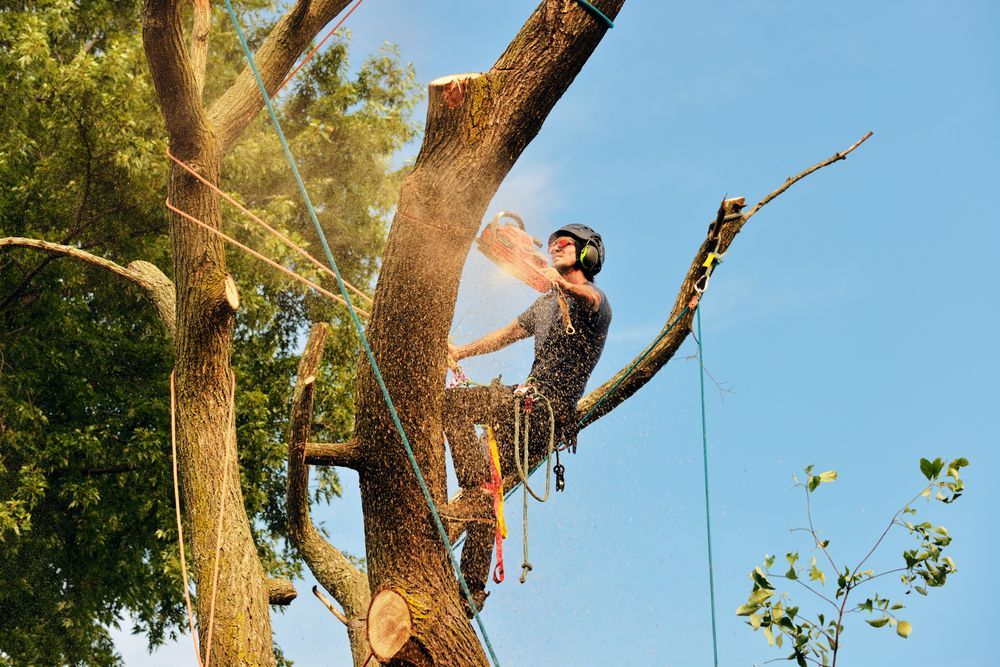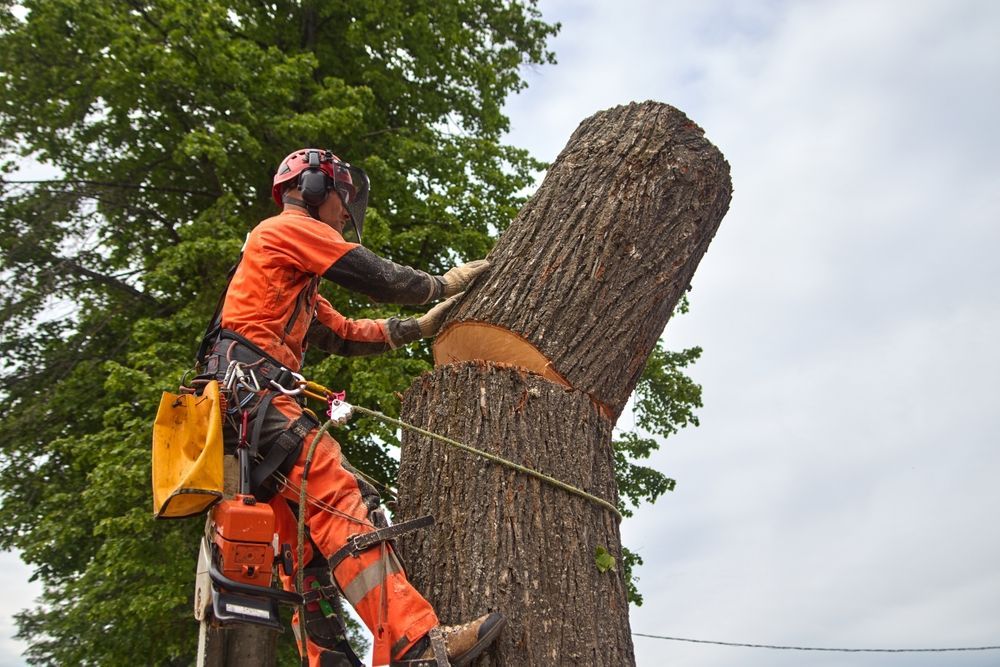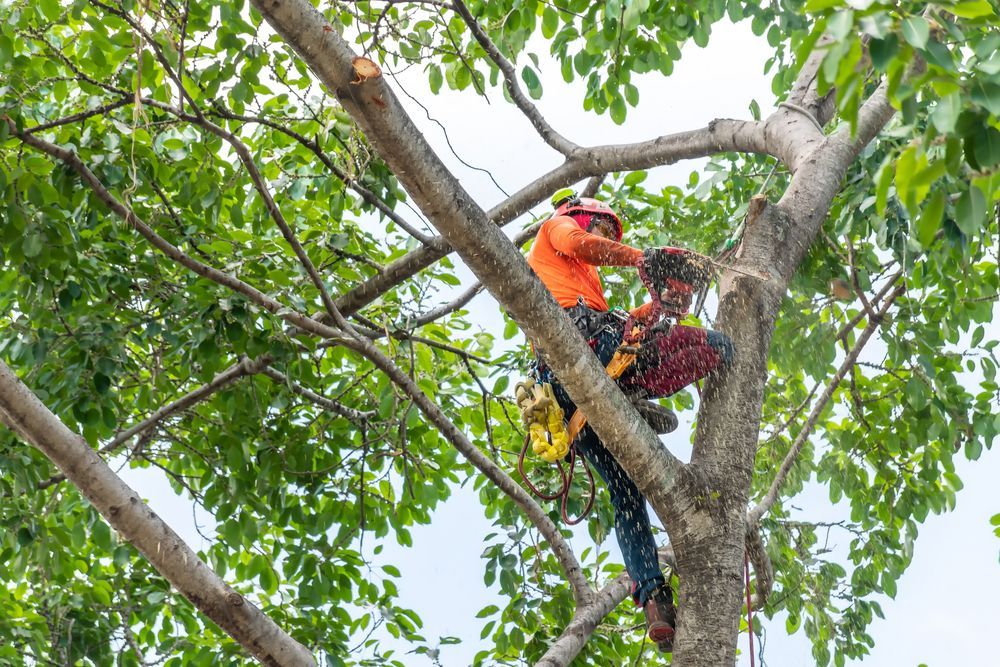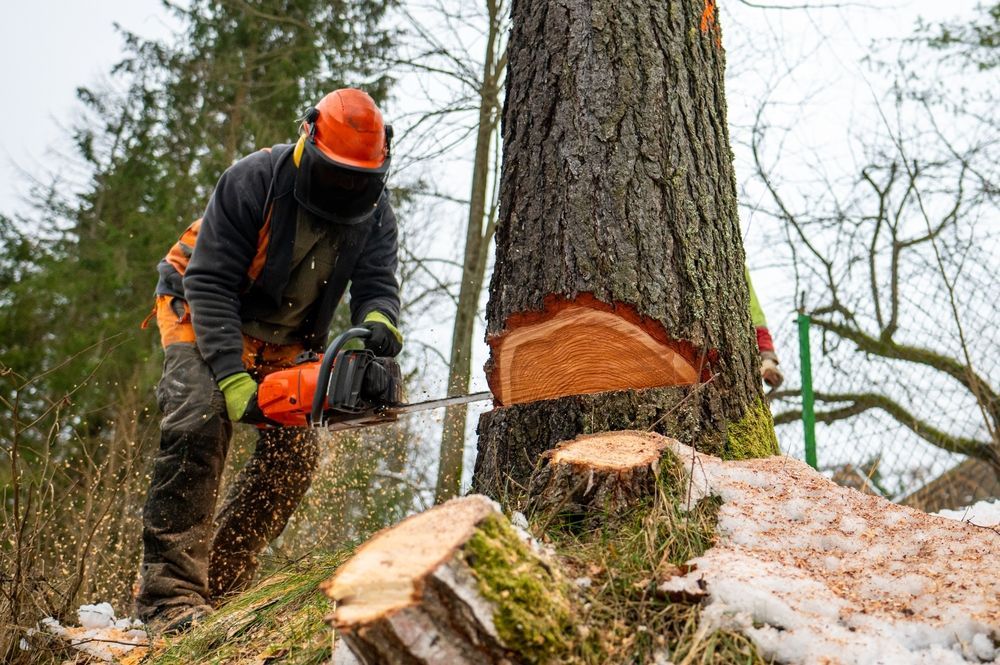Dead Wooding - A guide To Pruning For Tree Health
Expert Dead Wooding Practices 🪓
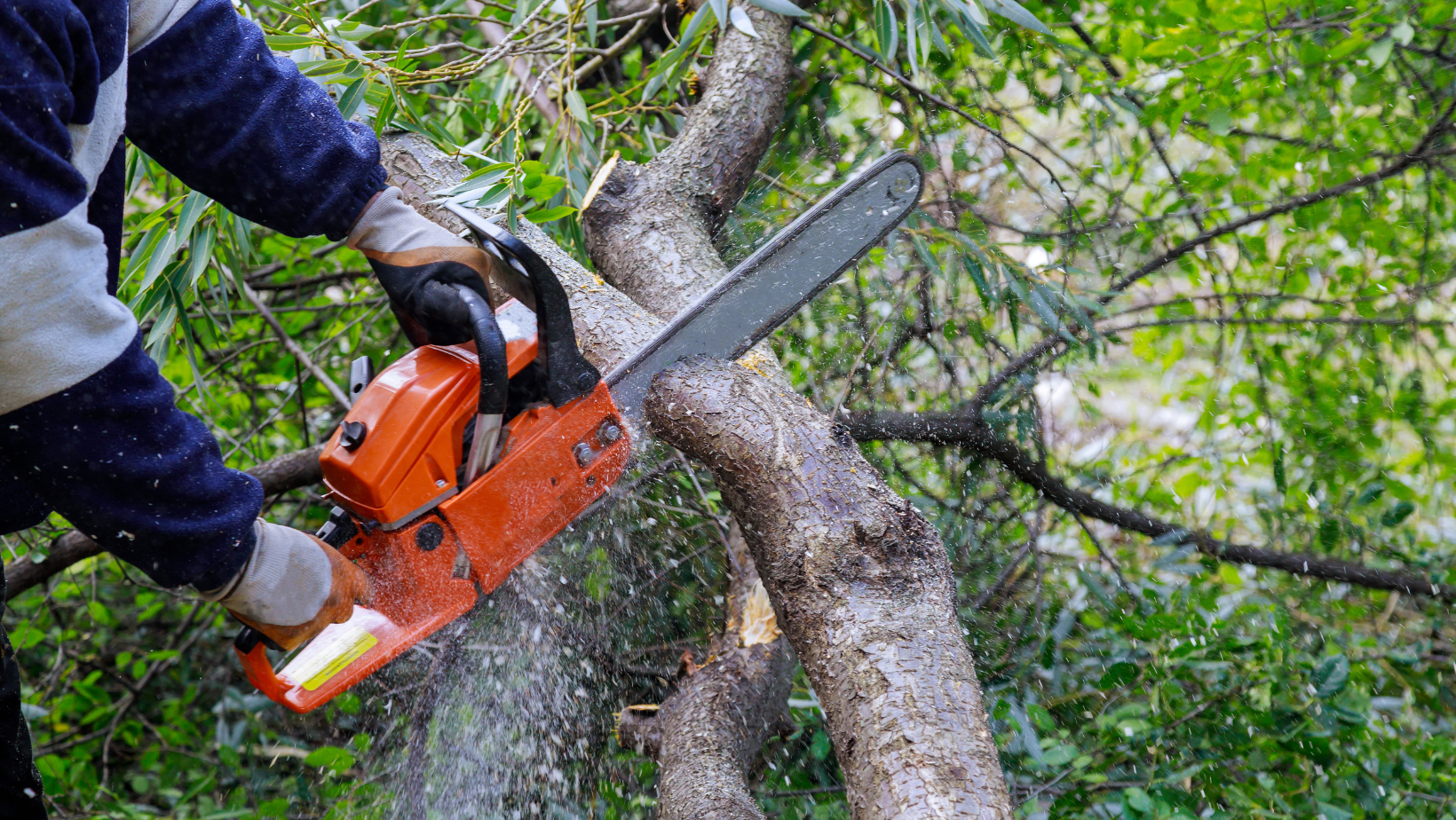
In the realm of arboriculture, dead wooding emerges as a crucial practice to ensure the vitality and safety of your trees. This comprehensive guide will walk you through the intricacies of dead wooding, shedding light on its definition, significance, and the myriad advantages it brings to your landscape.
What is Dead Wooding?
Dead wooding is an arboricultural technique that involves the careful removal of dead, dying, or diseased branches from a tree. These branches, often referred to as "deadwood," can pose various risks to the tree's health and the safety of its surroundings.
Why is Dead Wooding Necessary?
1. Enhanced Tree Health:
Dead wooding promotes the overall health of a tree by eliminating decaying branches that could harbor diseases or pests. This, in turn, encourages new and healthy growth.
2. Reduced Safety Risks:
Dead branches can become brittle and pose a hazard as they may fall unexpectedly, especially during storms or high winds. Dead wooding helps mitigate these risks, ensuring a safer environment for your property.
3. Aesthetic Improvement:
Beyond safety concerns, dead wooding contributes to the aesthetic appeal of your landscape. It provides a cleaner and more polished look, allowing your trees to flourish and stand out.
4. Preserving Tree Structure:
Removing deadwood helps maintain the structural integrity of a tree. This is particularly crucial for mature trees, preventing the risk of limb failure and ensuring a well-balanced canopy.
The Dead Wooding Process:
- Assessment and Identification:
- A certified arborist begins by assessing the tree's condition, identifying dead or decaying branches.
- Strategic Removal:
- Using specialized tools, dead wooding involves the precise removal of targeted branches. This process is carried out with utmost care to minimize impact on the tree.
- Clean-Up:
- Once the dead wooding process is complete, debris is carefully removed, leaving your property neat and free from potential hazards.
When is the Best Time for Dead Wooding?
Dead wooding can be performed throughout the year, but it is often recommended during the dormant season (late autumn to early spring) when the tree is less stressed. This ensures a quicker recovery and minimal impact on the tree's growth.
In Conclusion:
Investing in regular dead wooding is an investment in the health, safety, and aesthetics of your trees. Whether you have a single ornamental tree or a vast wooded area, incorporating dead wooding into your tree care regimen will contribute to the longevity and vibrancy of your landscape.
By understanding the significance of dead wooding, you empower yourself to make informed decisions about the well-being of your trees and the environment they thrive in. So, embrace the art of dead wooding, and let your trees flourish with vitality and grace. Contact the team at GDE Tree Services on 07 3027 1530 to arrange a free on-site inspection and quote for your tree services.

